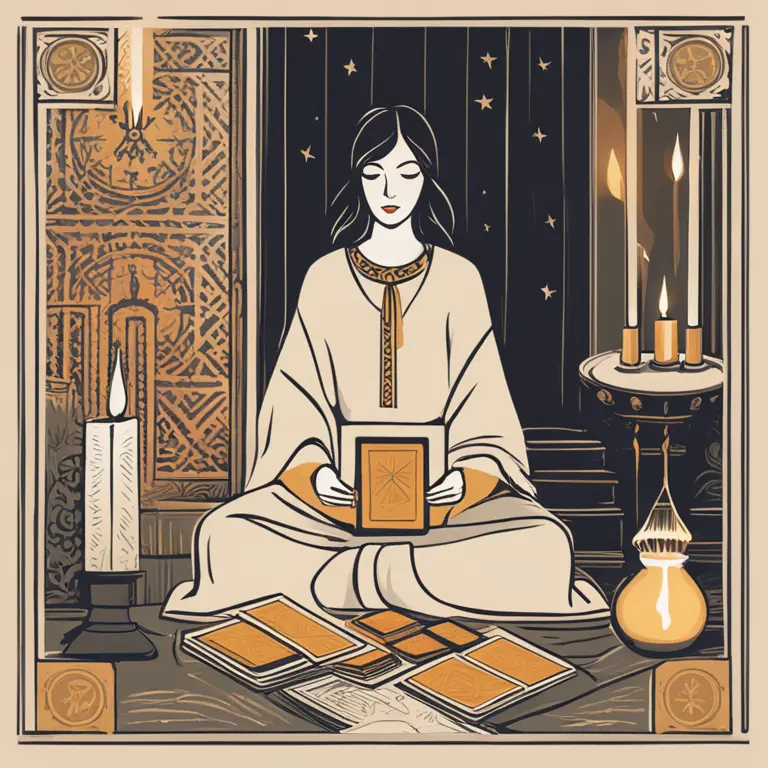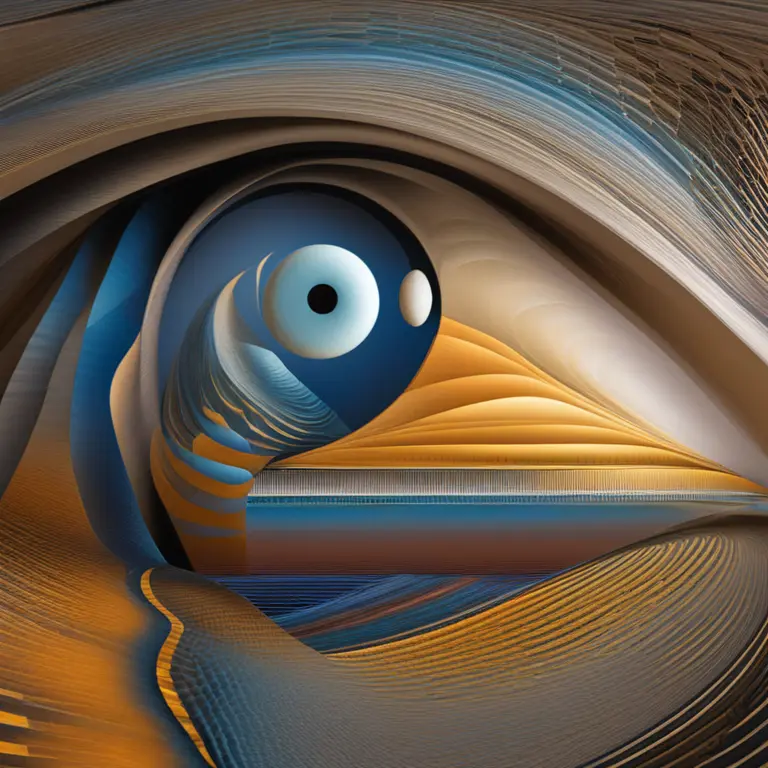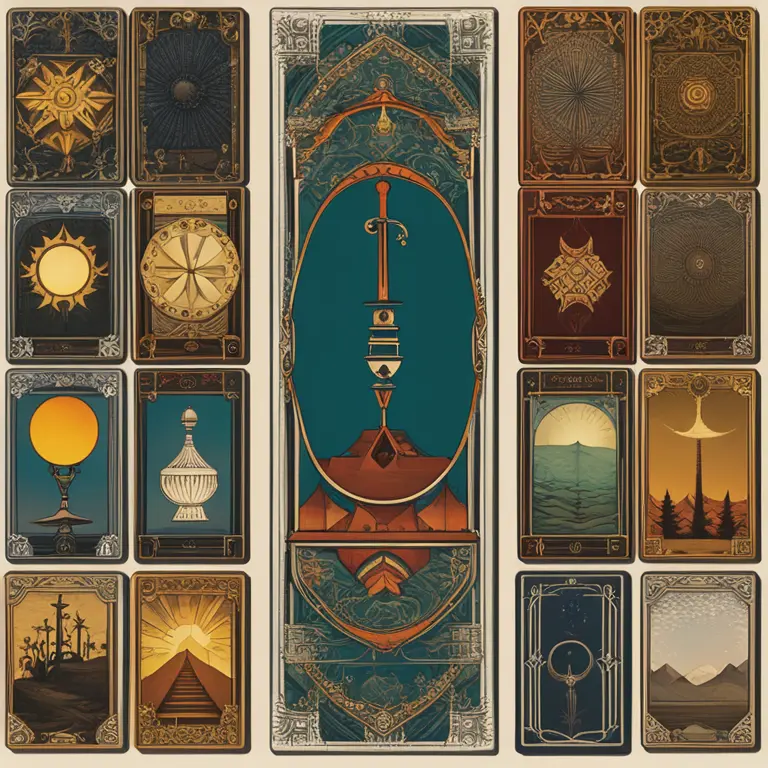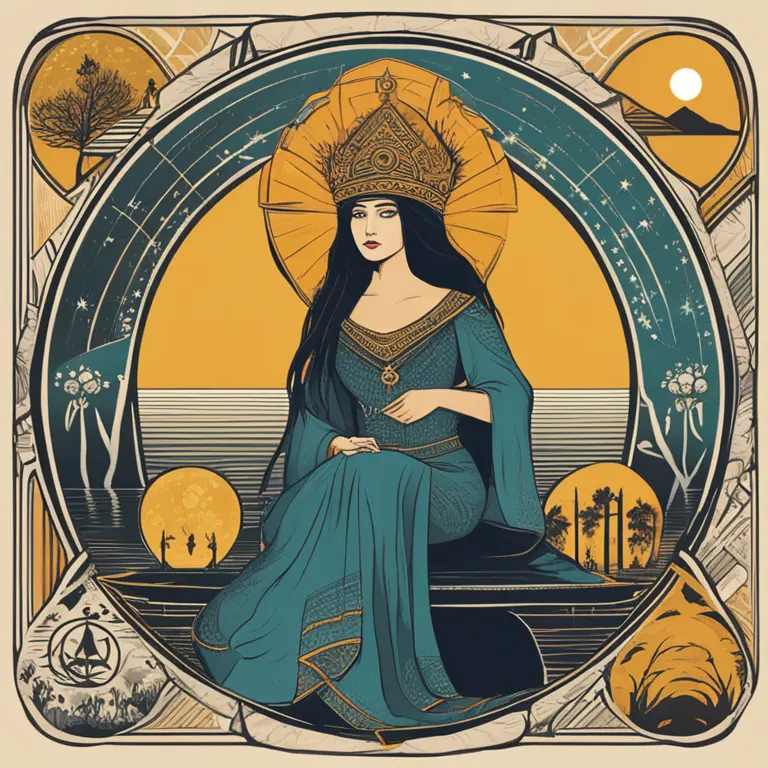
The Essence of Tarot Reading
Tarot card reading is a form of divination that uses a deck of 78 cards, each rich with symbolism and meaning. It's a mystical tool that has transcended time, offering guidance to those seeking personal insights. The practice involves drawing cards to reveal past, present, and potential future events or feelings surrounding an individual's life. While often shrouded in mystery, tarot reading is less about fortune-telling and more about introspection and understanding oneself and one's circumstances.

A Tarot Deck's Structure
A standard tarot deck is divided into two sections: the Major Arcana and the Minor Arcana. The Major Arcana contains 22 cards that depict significant life events or spiritual lessons. Cards like The Fool, The Lovers, and Death are iconic symbols within this group. The Minor Arcana, consisting of 56 cards, is further divided into four suits (Cups, Wands, Swords, and Pentacles), each representing different aspects of life. Configured like a traditional deck of playing cards, they resonate with the everyday situations we face.

The Tarot Reading Process
A tarot reading usually begins with the querent, or person seeking answers, focusing on a question while the reader shuffles the deck. Cards are then drawn and laid out in a specific spread. Each position in the spread reflects different facets of the question posed. The reader interprets the cards based on their symbolism, position, and relations to each other within the spread, weaving a narrative that resonates with the querent's situation.

Merging Intuition with Interpretation
A crucial element of tarot reading is the reader's intuition, which plays a significant role in deciphering the cards' messages. Readers often report a psychic connection with the cards, aiding in the interpretation process. Although each card has traditional meanings, the nuances of a reading come from the reader’s ability to tap into their inner guidance system, making each tarot session a unique and personal experience.

The Relevance of Tarot in Modern Times
In today's fast-paced world, where there is a resurgence of interest in mystical practices, tarot serves as a grounding tool. By reflecting on the images and stories depicted in the cards, individuals can find clarity in their lives. The archetypal images in the tarot deck resonate deeply with the human psyche, often revealing unconscious thoughts or feelings. Indeed, tarot's symbology can be therapeutic, offering a catalyst for self-awareness and personal growth.
Learning the Language of Tarot
Learning to read tarot is like learning a new language, one of symbols and intuition. Aspiring tarot readers must familiarize themselves with the imagery and traditional meanings of the cards, but they must also be open to the personal interpretations that arise during a reading. Tarot is less prescriptive and more suggestive, lending itself to the querent's creative insights and life's narrative rather than dictating a fixed future.
Tarot Trends for 2024 and Beyond
As we approach 2024, tarot readings continue to evolve, with a trend towards digital readings and online tarot communities growing in popularity. The universal nature of tarot's wisdom transcends the physical, allowing experts and novices alike to connect across the globe. Furthermore, with collective consciousness shifting towards self-care and mental wellness, tarot's role in self-reflection and decision-making is more relevant than ever, encouraging individuals to look within and trust their own intuition.
Published: 1/17/2024
Modified: 1/17/2024
More predictions
Come back here soon to learn more about yourself and your future


Is He In Love with You? Insights from Tarot
Discover if he's in love with you through the mystical lens of tarot readings. Seek clarity and signs within the cards in this insightful article.


Is He In Love? The Tarot Reveals
Delve into the world of tarot to discover if he harbors feelings of love for you — a mystical guidance to the matters of the heart.


Is He Thinking of Me? Tarot Insight
Gain insights into your romantic curiosities by learning how tarot can reveal someone's thoughts and feelings towards you.